Ssesse (쎄쎄)
12.7Km 2021-03-29
532, Samyang-ro, Dobong-gu, Seoul
+82-2-908-5640
It is a Chinese-run store. The best menu at this restaurant is sweet and sour pork. This Chinese (cuisine) restaurant is located in Dobong-gu, Seoul.
Starfield Hanam (스타필드 하남)
12.7Km 2024-01-30
Misa-daero 750, Hanam-si, Gyeonggi-do
Smob Hanam (스몹 하남)
12.7Km 2024-05-21
Misa-daero 750, Hanam-si, Gyeonggi-do
Universidad de Sogang (서강대학교)
12.7Km 2023-07-03
Baekbeom-ro 35, Mapo-gu, Seúl.
La Universidad de Sogang es una institución privada de Corea que fue fundada con base religiosa católica y jesuita. Las carreras profesionales presentan un currículum adaptado perfectamente a los estudiantes. En sus alrededores se encuentran la Universidad de Yonsei y la Universidad Femenina de Ehwa, y junto con ellas, esta es considerada como una de las casas de altos estudios más prestigiosas de Corea.
MBRO Donkkaseu (엠브로돈까스)
12.7Km 2021-03-18
26, Myeongmul-gil, Seodaemun-gu, Seoul
+82-2-363-5241
This is a Japanese cuisine located in Sinchon, Seoul. It sells even spicy pork cutlet. The best menu at this restaurant is pork cutlet.
Cheongdamdong Pojangmacha (청담동포장마차)
12.7Km 2021-04-06
25, Yonsei-ro 4-gil, Seodaemun-gu, Seoul
+82-2-363-4377
It is famous for its delicious yet inexpensive and varied snacks. This Korean dishes restaurant is located in Seodaemun-gu, Seoul. The representative menu is rolled omelet with cheese.
Hangang Live Paradise (파라다이스)
12.7Km 2020-06-02
252, Yeouidong-ro, Yeongdeungpo-gu, Seoul
+82-2-447-3333
Make memorable moments with that special someone, enjoying a beautiful view of the Hangang River and the sweet melodies of live music at Hangang Live Paradise.
Sininaerin Maeun Tteokbokki - Noryangjin Branch (신이내린매운떡볶이 노량진)
12.8Km 2021-03-29
3, Manyang-ro 14ga-gil, Dongjak-gu, Seoul
+82-2-2631-8484
It sells tteokbokki with various toppings. This restaurant's signature menu is stir-fried rice cake. This Korean dishes restaurant is located in Dongjak-gu, Seoul.
Festival Mundial de la Juventud en Sinchon (신촌글로벌대학문화축제)
12.8Km 2024-07-30
Changcheon-dong, Seodaemun-gu, Seúl
02-330-6714
Daepojjimdak - Sinchon Branch (대포찜닭 신촌)
12.9Km 2021-03-22
27-1, Yonsei-ro, Seodaemun-gu, Seoul
+82-2-325-6633
A place where you can enjoy jjimdak (stewed chicken) with various toppings loved by Koreans. The best menu at this restaurant is braised chicken. This Korean dishes restaurant is located in Seodaemun-gu, Seoul.
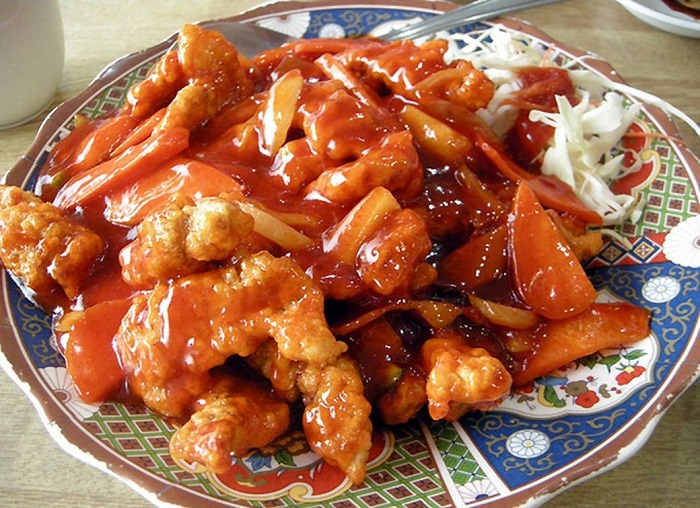
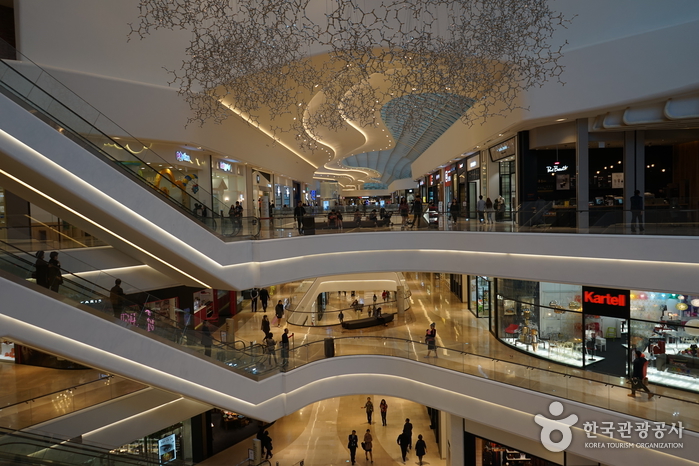
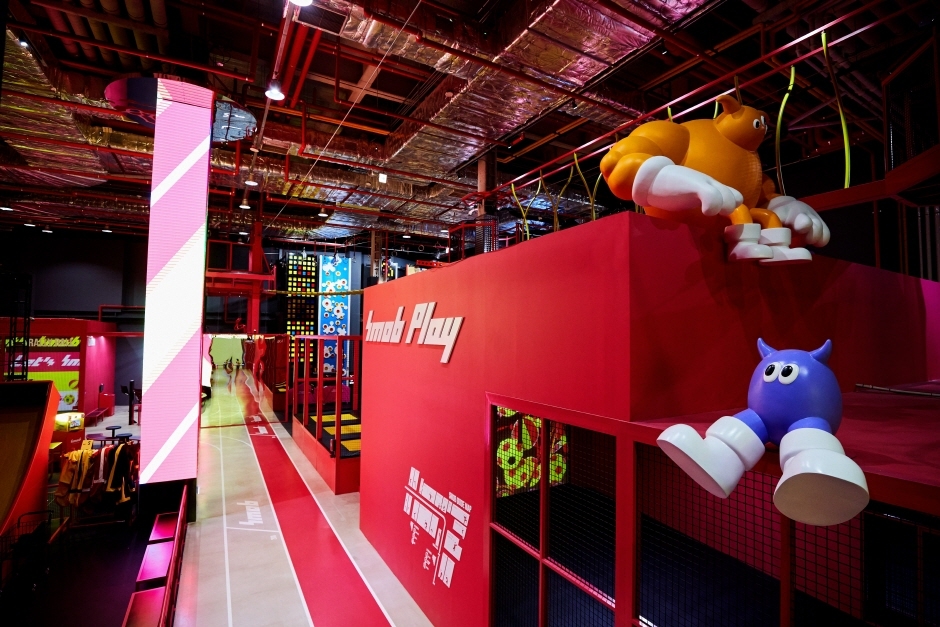

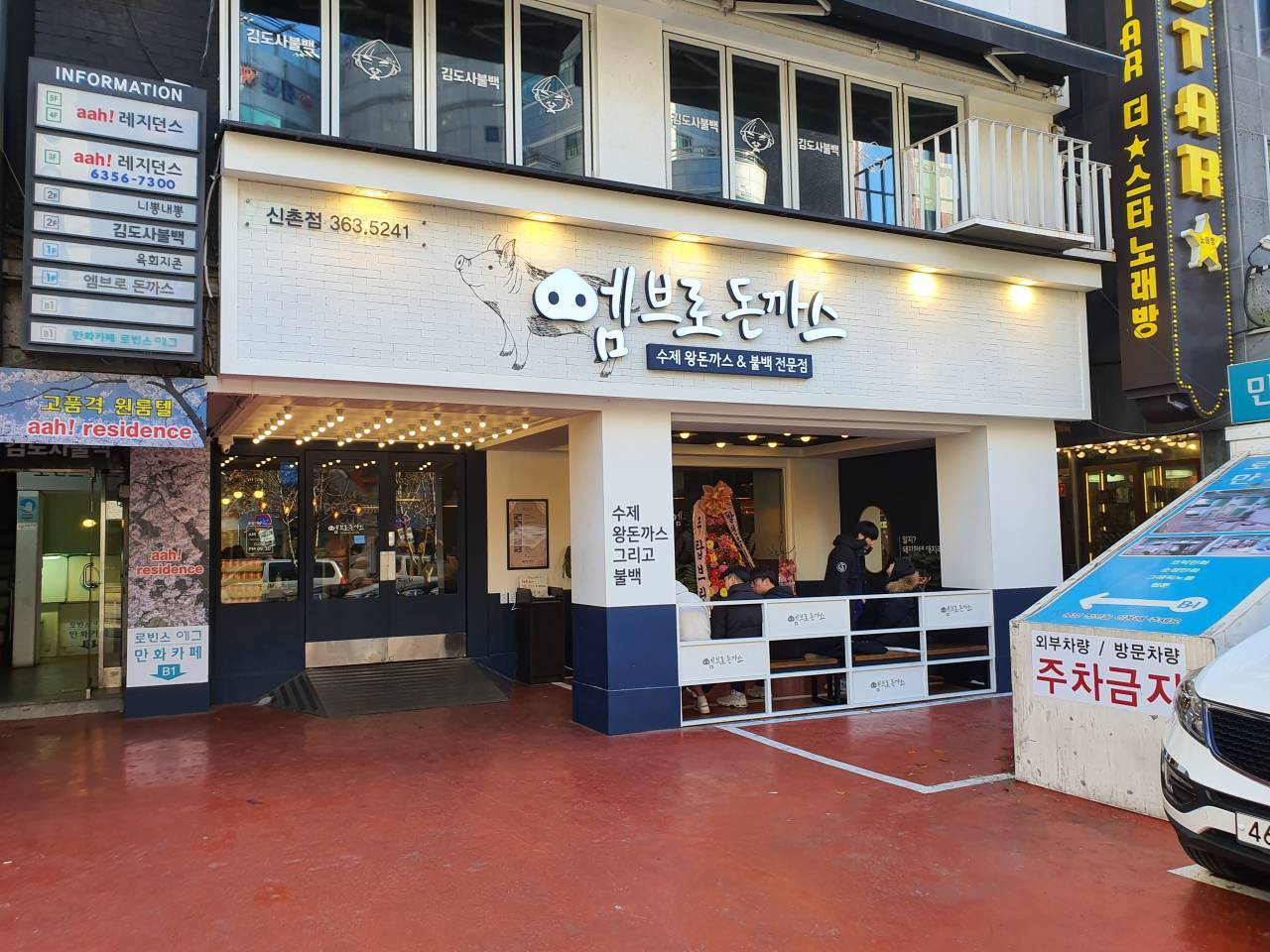
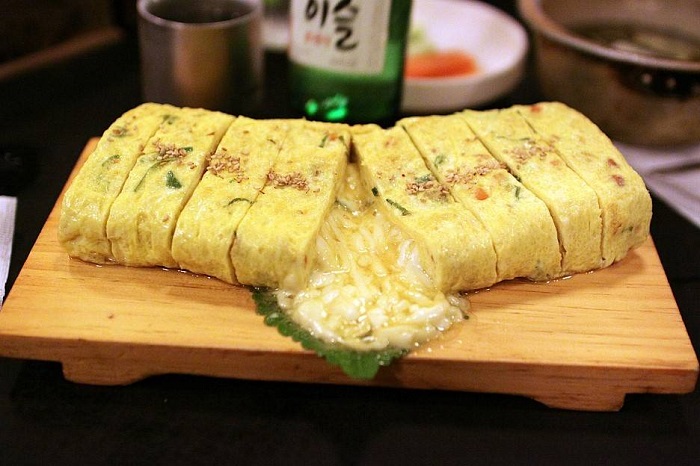
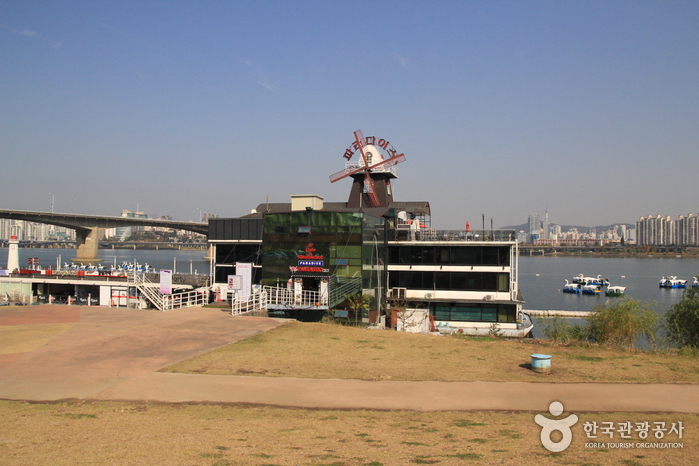
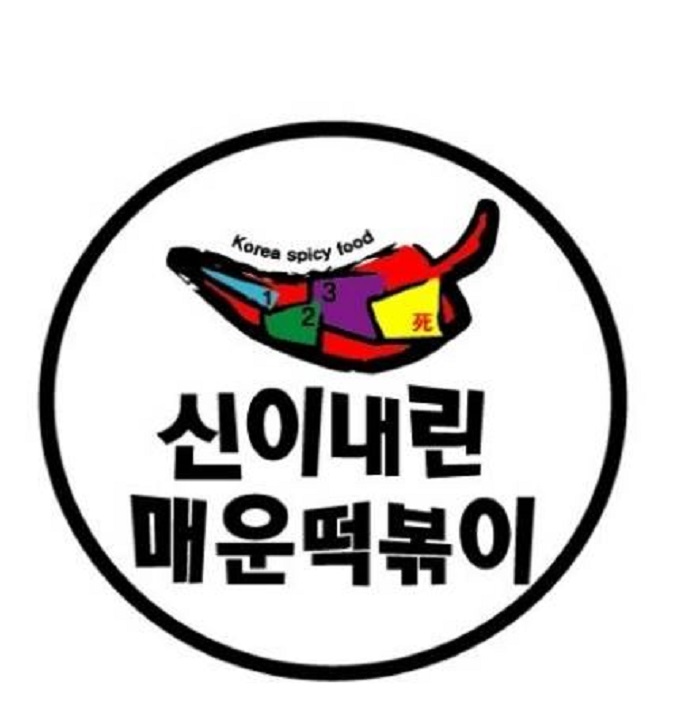
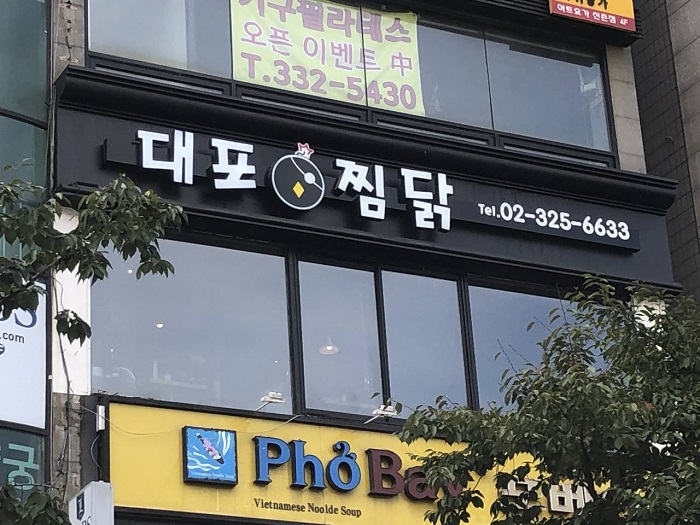
 Español
Español
 한국어
한국어 English
English 日本語
日本語 中文(简体)
中文(简体) Deutsch
Deutsch Français
Français Русский
Русский